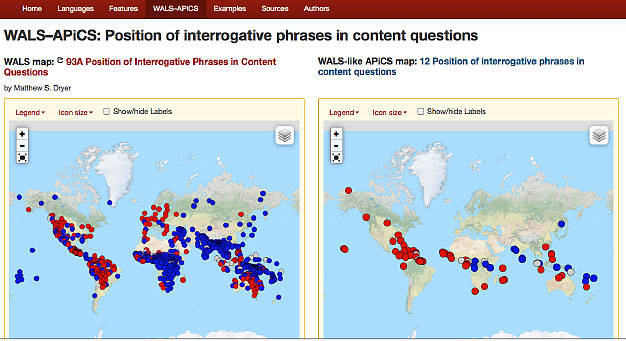
The reason why pidgin languages haven’t developed in Europe between say, German and Italian, and Bulgarian and French, is that people involved in international relations in Europe tend to speak English, which is a lingua franca in much of the Western world.

Occasionally, the speakers of two languages have a third language in common (i.e., a lingua franca). That being said, pidgin languages don’t always develop when two communities come into contact. One of the main features of this type of fusion is that neither language is predominant over the other, although one often belongs to a coloniser and the other to colonised local communities.Ī pidgin language is a service language that plays a key role in the functioning of a diverse community. The (fundamental) difference between pidgin and creoleĪs mentioned, pidgin and creole are ‘bastard’ languages born from the fusion of two languages that come into contact. But what exactly is creole and how does it differ from pidgin?

You’ll be happy to hear that a lot of progress has been made in academia and the field of linguistics since then, paving the way for a renewed interest in creole and pidgin, which we still know very little about. Unfortunately, these ‘service’ languages were once considered unworthy of linguistic studies, and academics often believed them to be ‘second-class languages’ due to the low social class of the people who spoke them. This kind of fusion occurs when people speaking different languages come into contact for a short or long time, establishing trade, social and political relations. Creole and pidgin are mixtures of two different languages.


 0 kommentar(er)
0 kommentar(er)
